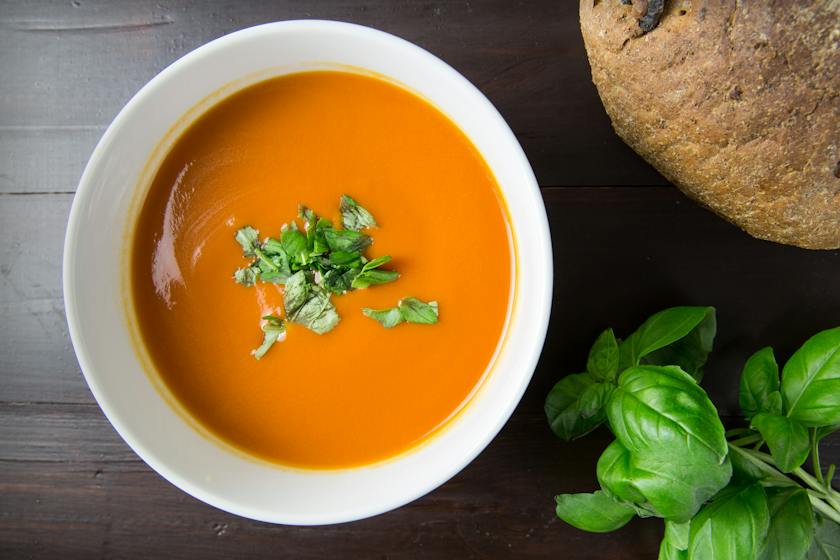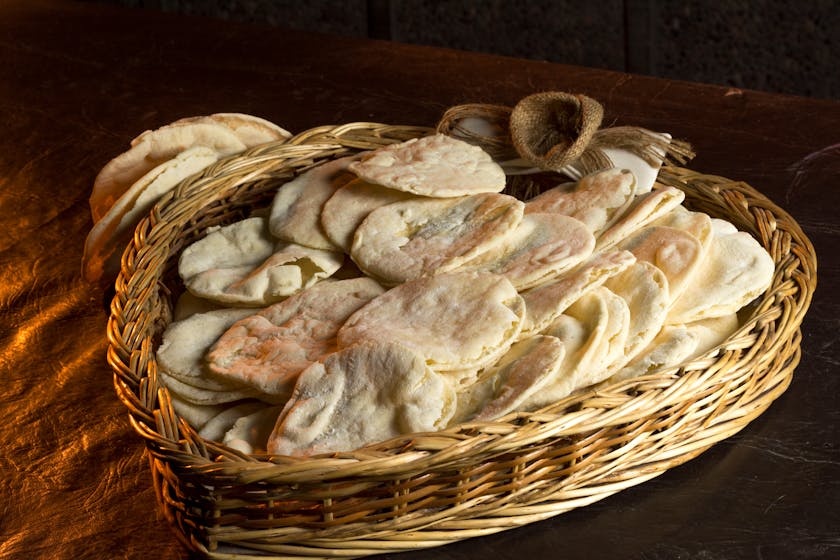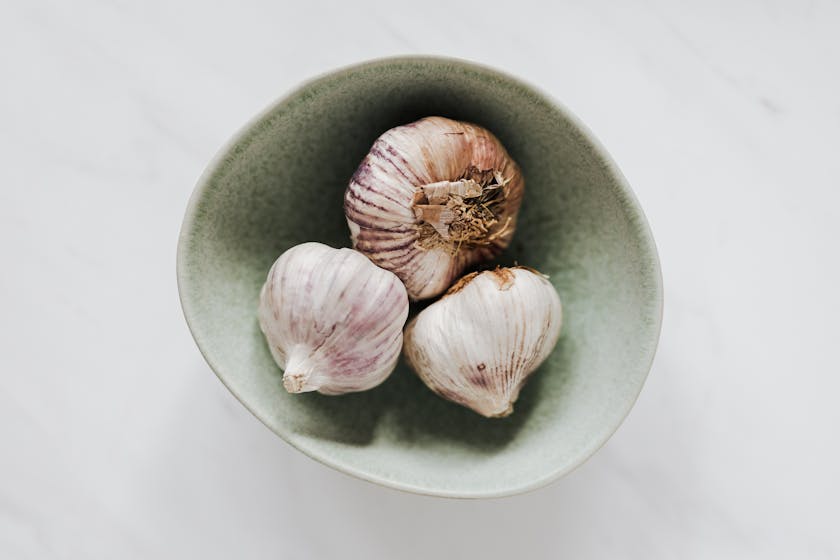If you’re considering batch cooking for meal sharing, you’re embarking on a journey that promises not only to save you time but also to create bonds with friends and family through the power of shared meals. This method of preparing large quantities of food at once is a lifesaver for those with busy schedules.
Understanding the Basics of Batch Cooking
Before diving into the actual cooking process, it’s essential to grasp what batch cooking entails. At its core, batch cooking is the practice of preparing multiple servings of various dishes in one go. This technique is particularly useful for meal sharing, as it ensures a variety of options and simplifies the distribution of food among participants.
Planning Your Batch Cooking Menu
Successful batch cooking starts with thoughtful planning. Begin by choosing recipes that are both freezer-friendly and suitable for large quantities. Consider the preferences of those you’ll be sharing with and aim for a mix of proteins, vegetables, and starches to cater to different tastes and dietary needs.
Shopping and Ingredient Prep
After finalizing your menu, create a comprehensive shopping list to avoid multiple trips to the store. Once you have all your ingredients, organize them by recipe to streamline the cooking process. Chopping vegetables, marinating proteins, and pre-cooking certain items can further reduce your time in the kitchen.
Executing Your Batch Cooking Session
Set aside a block of time, typically a few hours, and focus solely on cooking. Begin with recipes that take the longest to cook, such as stews or roasts, and work your way to quicker dishes like stir-fries or salads. Remember to cool food properly before packaging to maintain safety and quality.
Packaging and Labeling for Sharing
Invest in quality, airtight containers to keep your meals fresh. Label each container with the dish name, date of cooking, and reheating instructions to make it easy for recipients. Portion sizes should be consistent to ensure fair distribution.
Sharing Your Batch-Cooked Creations
Organize a meal swap with your group, where each person brings their batch-cooked dishes to exchange. This not only diversifies everyone’s weekly menu but also fosters a sense of community. Alternatively, you can distribute meals to those in need, offering a helping hand through nourishing food.
Maintaining Variety in Your Meals
While batch cooking can sometimes lead to repetitive meals, keeping a rotation of recipes and incorporating seasonal ingredients can keep things interesting. Encourage feedback from your meal-sharing circle to continually improve and adapt the menu.
Batch Cooking for Special Diets
When meal sharing, be mindful of dietary restrictions and allergies. Label dishes clearly if they contain common allergens, and consider preparing a separate batch for those with specific dietary needs. This ensures everyone can partake in the shared meals safely.
Freezing and Reheating Tips
Some meals freeze better than others. Soups, stews, and casseroles tend to hold up well, while salads and dishes with high water content may not. When reheating, do so gently to preserve the quality and flavor of the food.
Incorporating batch cooking into your routine for meal sharing can revolutionize the way you and your loved ones enjoy home-cooked meals. It’s a practice that saves time, reduces waste, and strengthens connections through the universal love of food.



